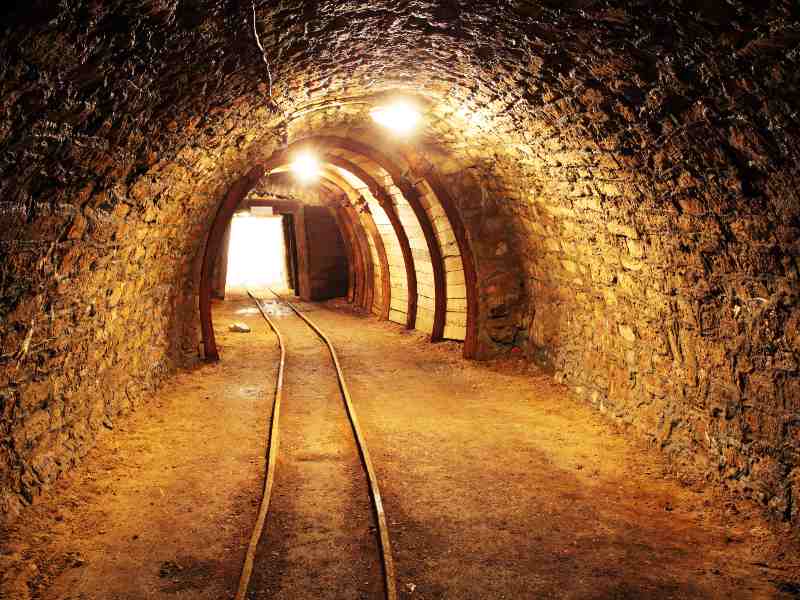Gold mining has been a significant human endeavor for centuries, and it continues to play a vital role in global economies and industries. Gold is prized for its beauty, rarity, and value, making it a sought-after resource.
Some gold mines stand out for their size, depth, and impressive reserves. In this article, we will explore the top 10 biggest gold mines in the world, considering their locations, depths, reserves, historical significance, and environmental impacts.
Daftar isi:
1. Muruntau Mine
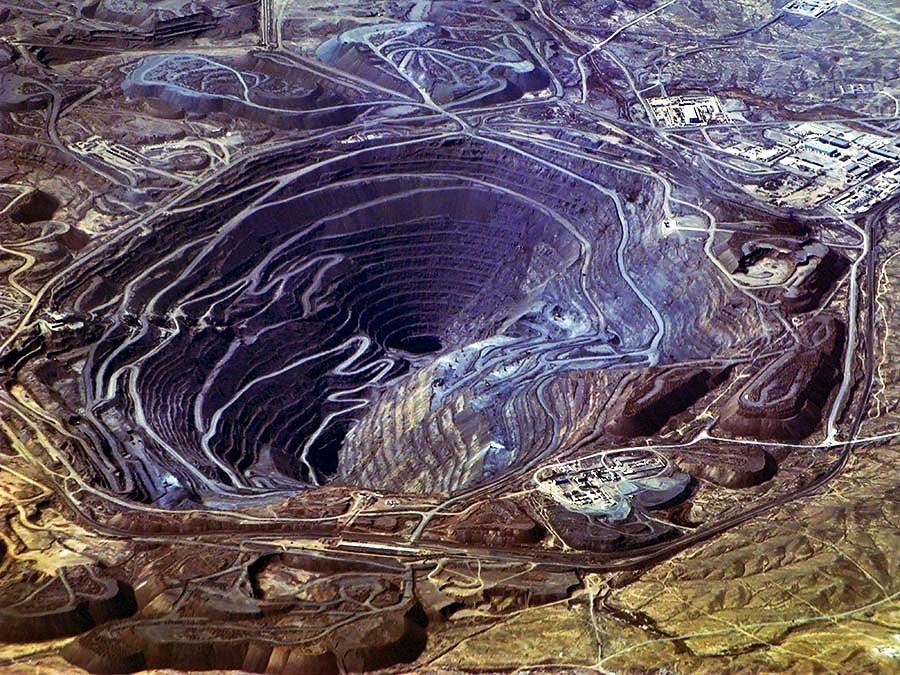
- Location: Zarafshan, Uzbekistan
- Depth: Approximately 600 meters
- Reserves: Estimated to contain over 170 million ounces of gold
- History: Opened in 1967, Muruntau Mine has been a major contributor to Uzbekistan’s gold production.
2. Carlin Gold Mine
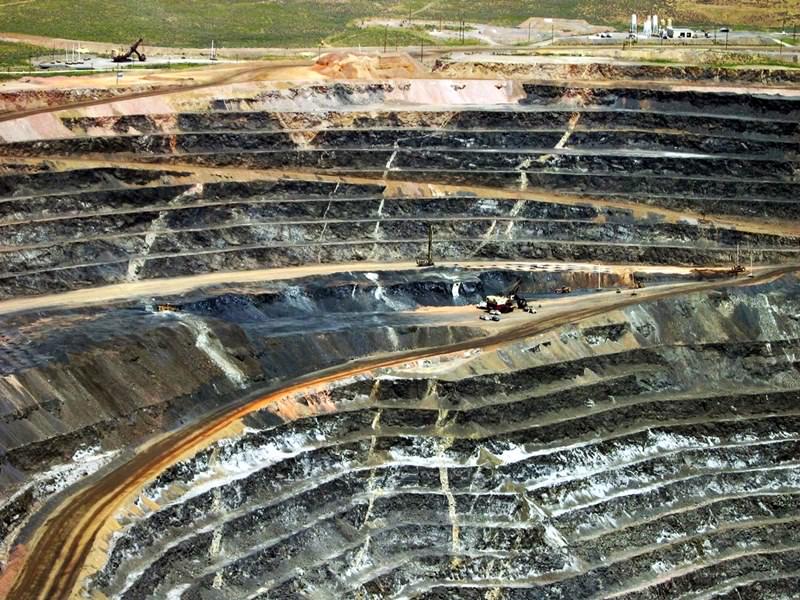
- Location: Carlin Trend, Nevada, USA
- Depth: Varies, some deposits exceed 1,000 meters
- Reserves: Rich in gold deposits, contributing to Nevada’s status as a top gold-producing state.
- History: Discovered in the early 1960s, the Carlin Trend has become one of the world’s most productive gold mining areas.
3. Olimpiada Mine
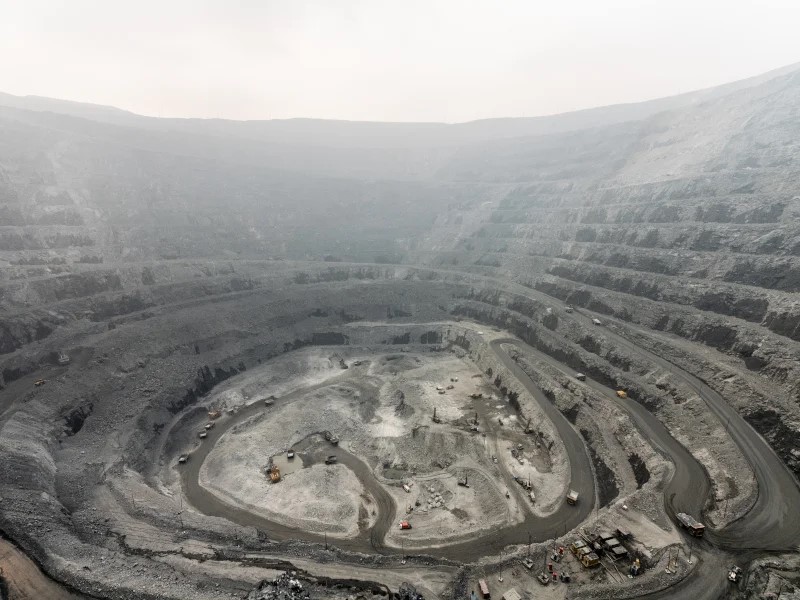
- Location: Krasnoyarsk Krai, Russia
- Depth: Extensive mining operations with varying depths
- Reserves: Contains significant gold deposits and is part of the largest gold deposit in Russia.
- History: Mining activities have been ongoing since the Soviet era, and the Olimpiada Mine continues to be a prominent source of gold.
4. Boddington Mine
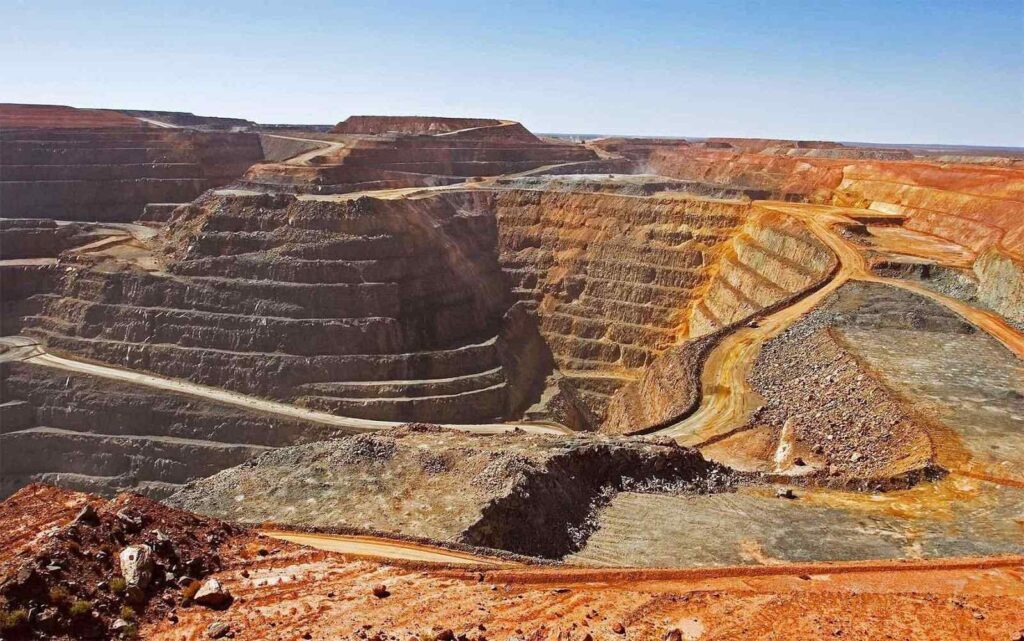
- Location: Boddington, Western Australia
- Depth: The open-pit mine is approximately 700 meters deep
- Reserves: Considerable gold and copper reserves make it one of Australia’s largest gold mines.
- History: Operations began in 1987, and Boddington remains a key contributor to the Australian mining industry.
5. Grasberg Mine
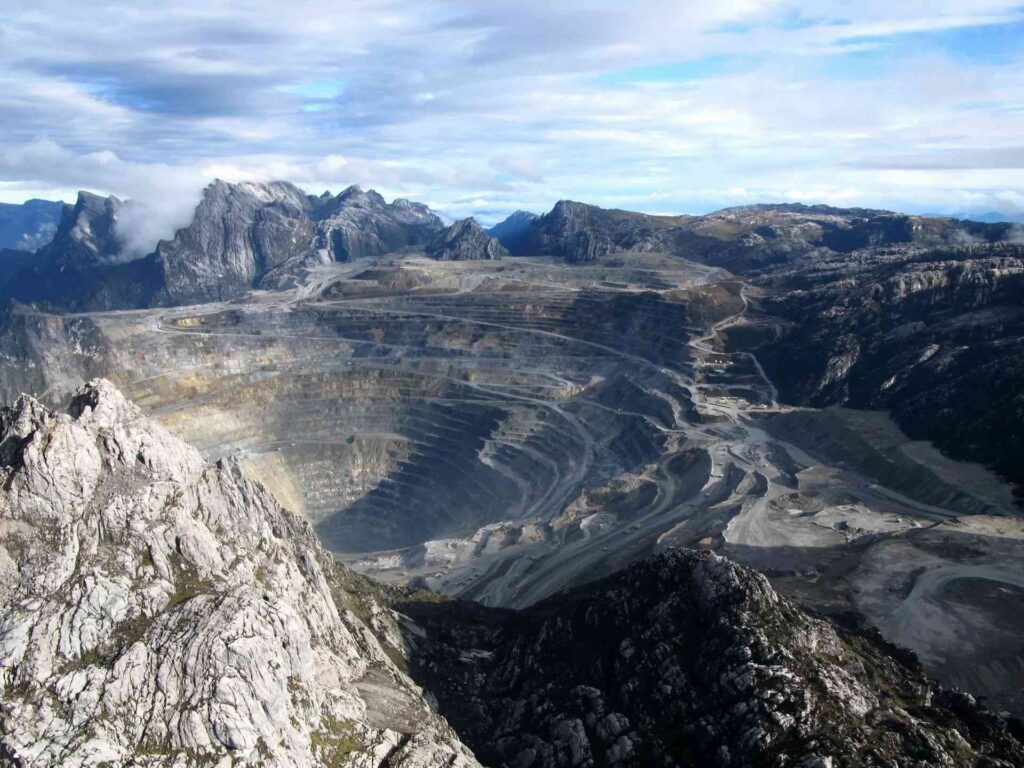
- Location: Papua province, Indonesia
- Depth: The open-pit mine reaches over 1,200 meters deep
- Reserves: Among the world’s largest gold and copper deposits
- History: Mining began in the early 1970s, and Grasberg is known for its complex extraction methods and environmental challenges.
6. Lihir Mine
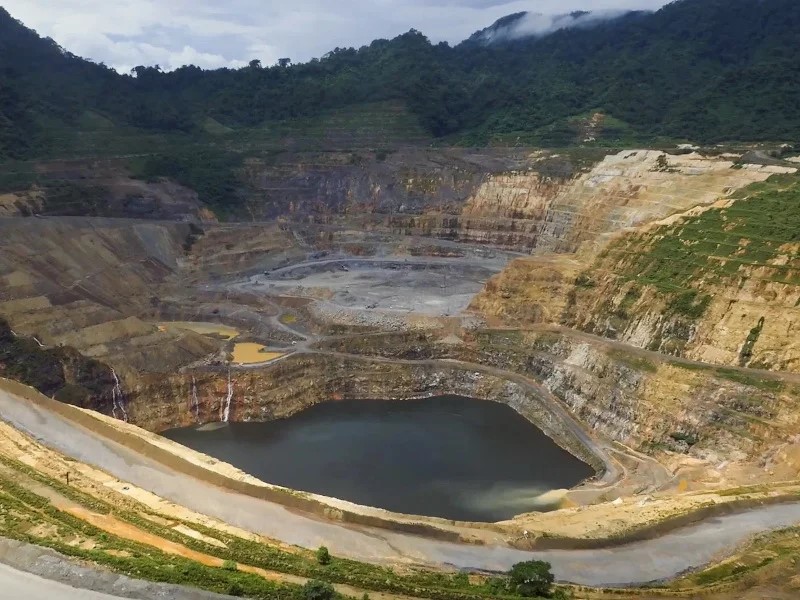
- Location: Lihir Island, Papua New Guinea
- Depth: Extensive open-pit and underground mining operations
- Reserves: Contains significant gold resources and operates one of the world’s largest gold processing facilities.
- History: Mining activities started in the late 1990s, contributing to Papua New Guinea’s economic growth.
7. Donlin Gold
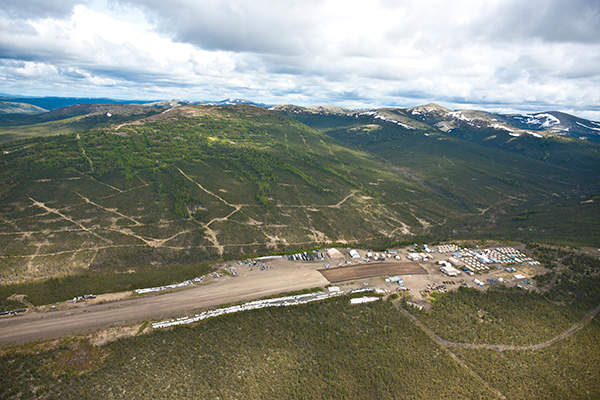
- Location: Southwest Alaska, USA
- Depth: Estimated open-pit depth of over 450 meters
- Reserves: Holds substantial gold resources, making it one of the largest undeveloped gold deposits in the world.
- History: The Donlin Gold project represents a potential future gold mining operation in Alaska.
8. Newmont Peñasquito
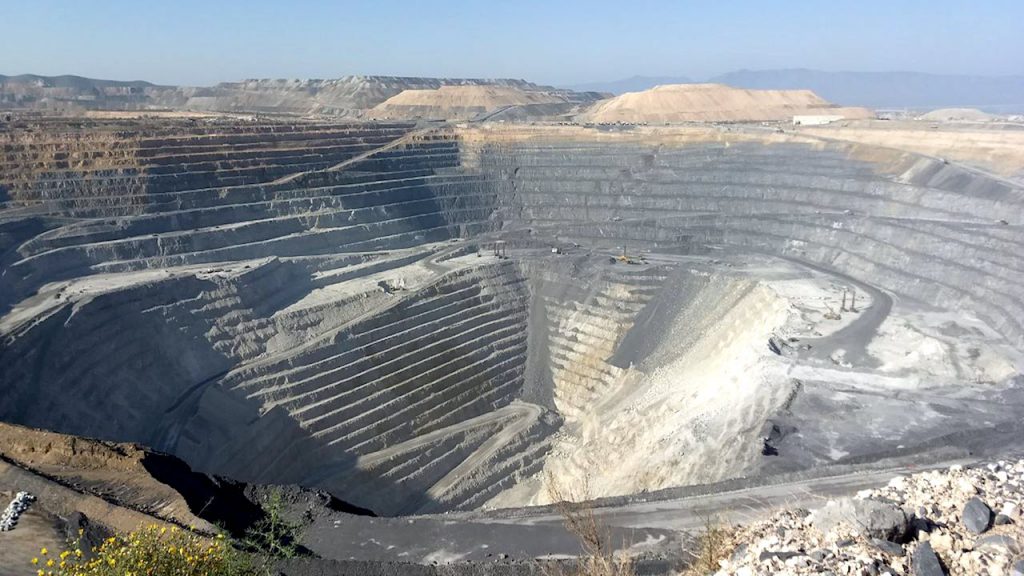
- Location: Zacatecas, Mexico
- Depth: Open-pit mining operations
- Reserves: Rich in gold, silver, lead, and zinc deposits
- History: Mining began in the early 2000s, and Newmont Peñasquito is an essential contributor to Mexico’s mining sector.
9. Ekati Mine
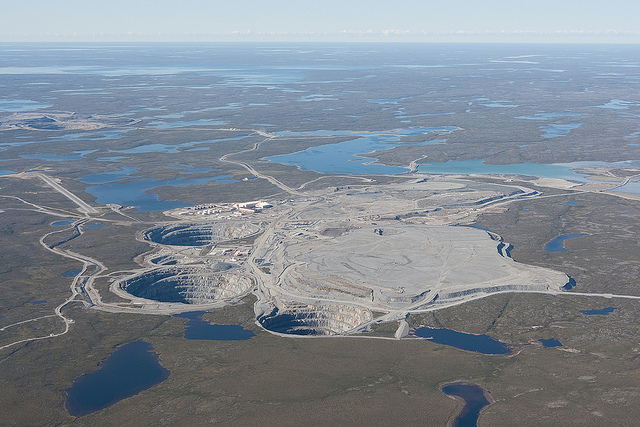
- Location: Northwest Territories, Canada
- Depth: Mix of open-pit and underground mining
- Reserves: Contains significant diamond and gold resources
- History: The Ekati Mine, operational since 1998, plays a critical role in Canada’s diamond and gold production.
10. Kalgoorlie
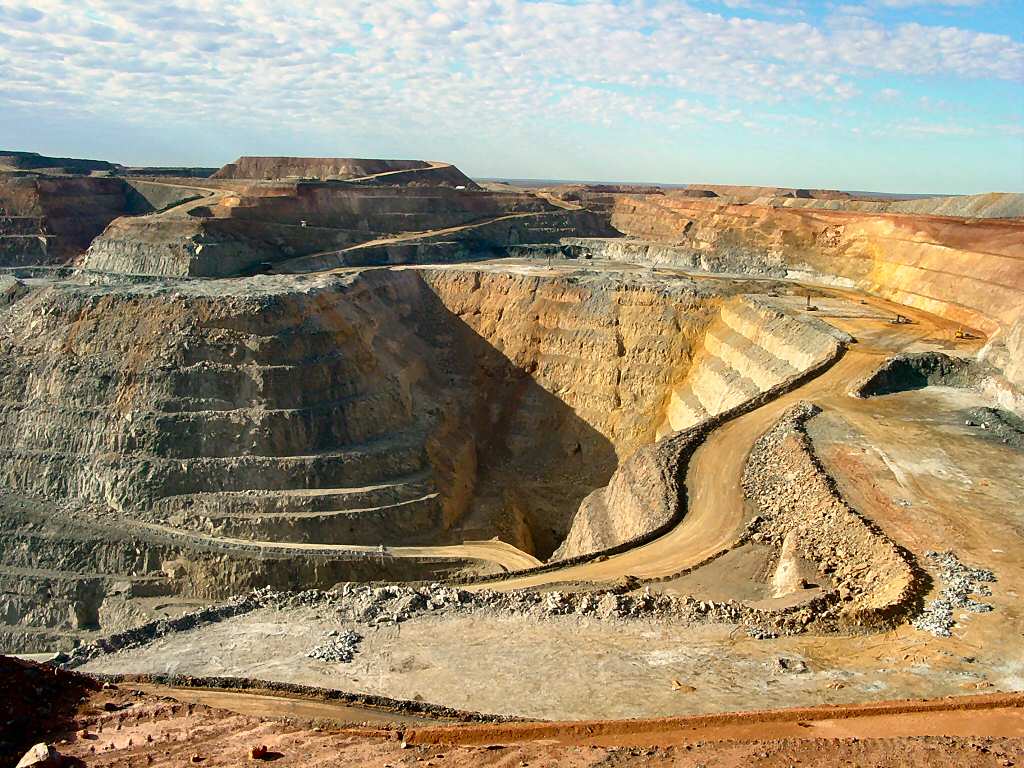
- Location: Kalgoorlie, Western Australia
- Depth: Open-pit and underground mining
- Reserves: Rich in gold resources, contributing to Australia’s gold production.
- History: The Super Pit in Kalgoorlie is one of the largest open-pit gold mines in the world, with a long history of gold mining in the area.
Gold mining has left an indelible mark on economies, societies, and landscapes around the world. The top 10 biggest gold mines exemplify the remarkable capacity of humans to extract and utilize Earth’s resources.
As we continue to balance the economic benefits of gold mining with its environmental impacts, these mines serve as a reminder of the complex relationship between human progress and the natural world.
- Top 10 Largest Target Superstore in the United States
Target Superstores are renowned for offering a vast array of products, from groceries to clothing to electronics, all under one…
- The Top 10 Biggest Costco Locations Globally
Imagine stepping into a Costco so vast it boasts a hearing aid center and a fresh flower department! Believe it…
- Climbing to New Heights: Top 10 Biggest Climbing Gyms in the United States
Climbing has evolved from an adventurous outdoor pursuit to a dynamic indoor sport with a passionate following. The United States…
- Skyline Wonders: Top 10 Biggest Skylines in the United States
A city’s skyline is a visual testament to its character, progress, and architectural prowess. In the United States, you’ll find…

